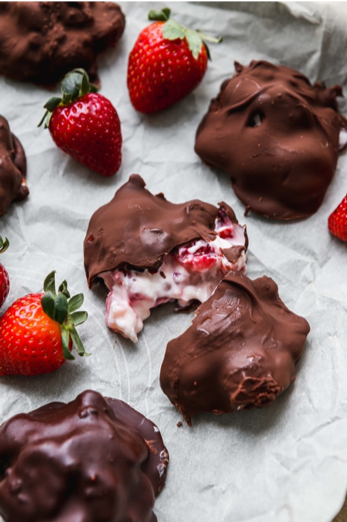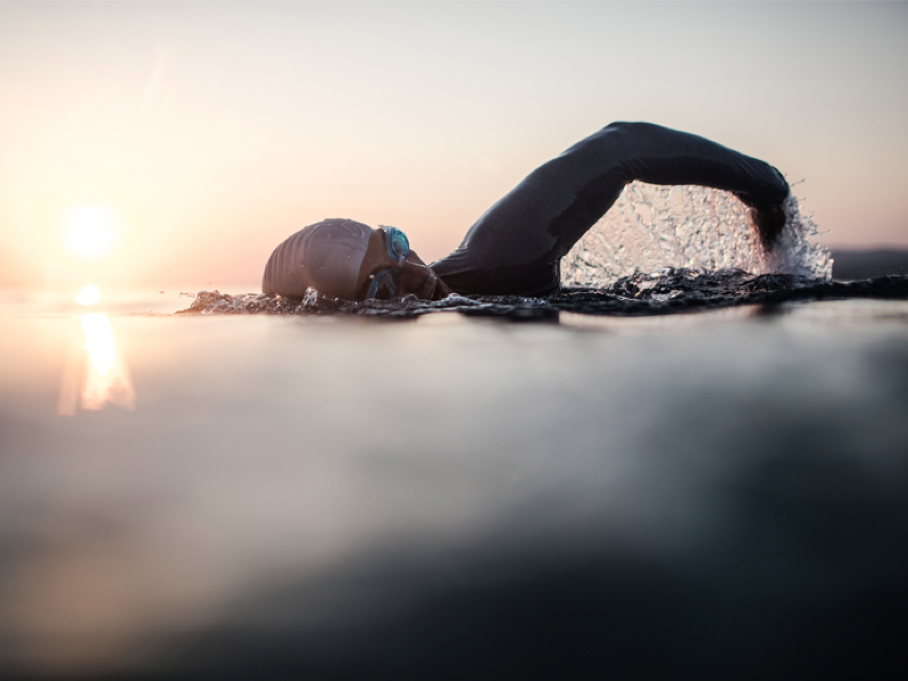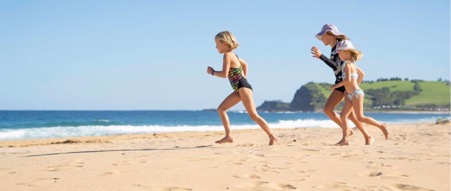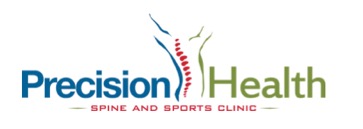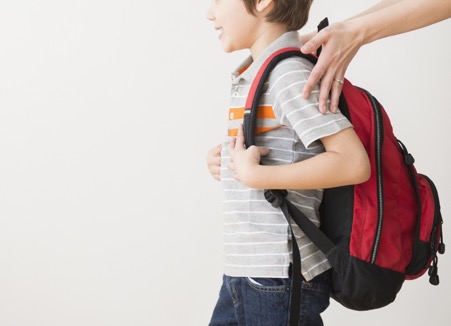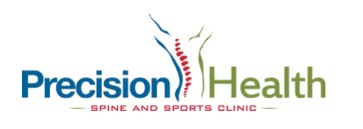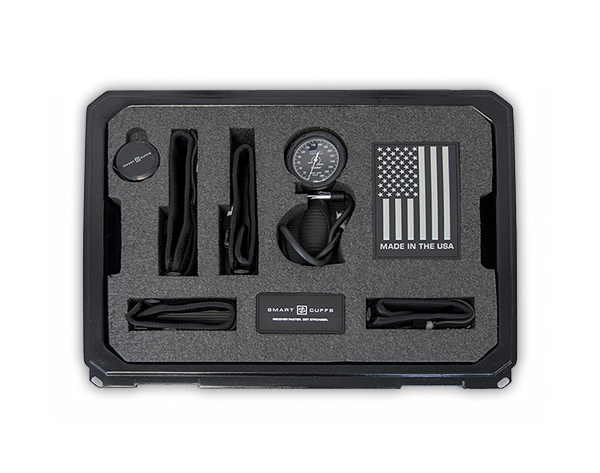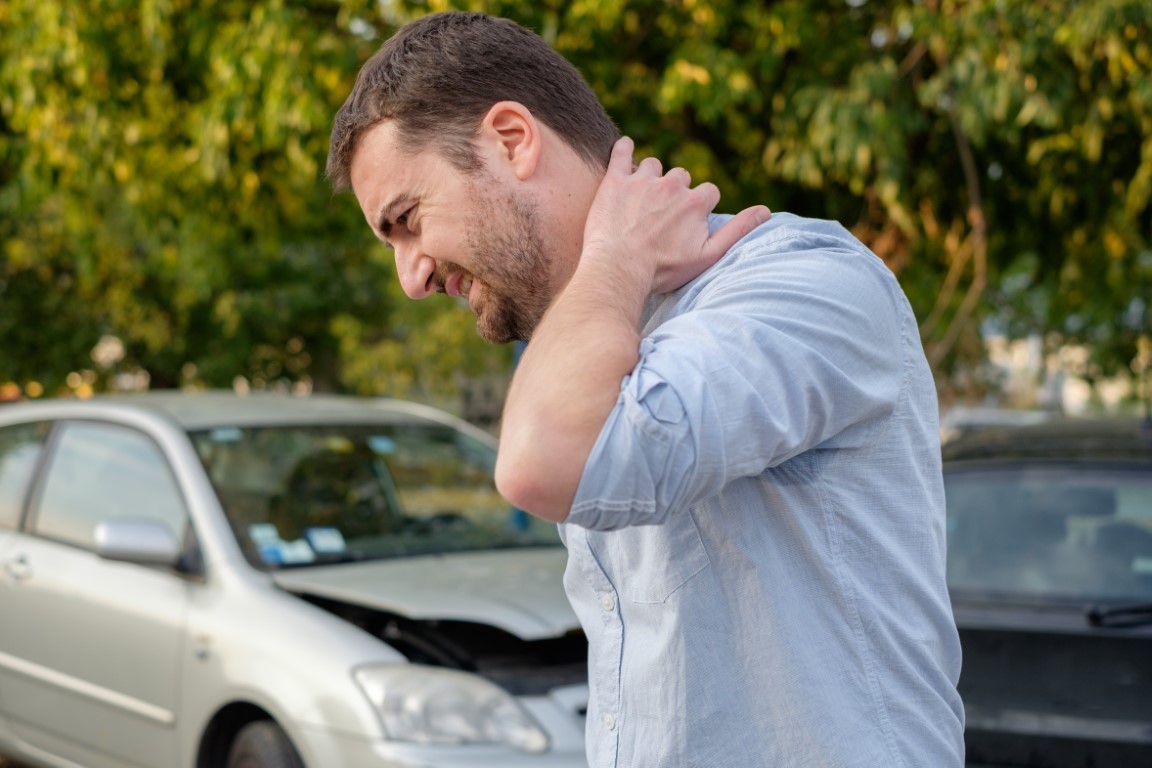Sports and Chiro
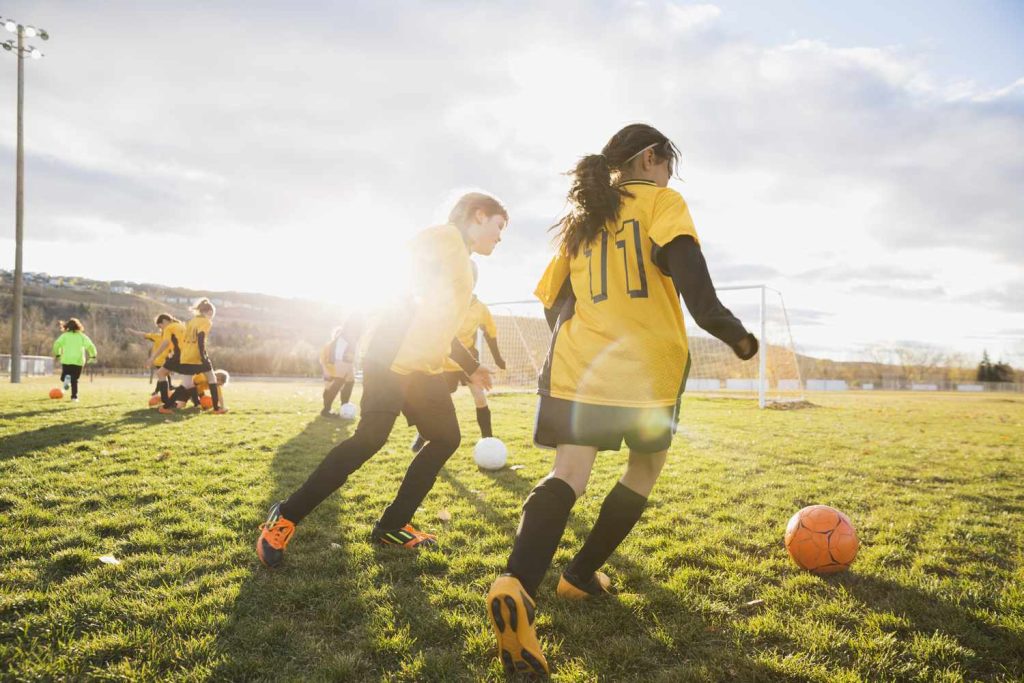
In the world of sports, peak performance is the ultimate goal. Athletes relentlessly train their bodies to achieve optimal strength, agility, and endurance. However, the rigorous demands of sports can often lead to musculoskeletal injuries and imbalances. This is where the specialised care of Chiropractors becomes invaluable. Through a combination of manual therapy, adjustments, and rehabilitation exercises, Chiropractors play a pivotal role in supporting an athlete’s overall health and performance. In this blog, we will delve into the relationship between sports and chiropractic care, exploring how athletes benefit from chiropractic interventions and the evidence supporting its effectiveness.
Understanding Chiropractic Care:
Chiropractic care is a holistic approach to health that focuses on the musculoskeletal system, particularly the spine. Chiropractors are trained to assess, diagnose, and treat various musculoskeletal conditions, one of the ways being through manual adjustments to the spine and other joints. By restoring proper alignment and function, chiropractors aim to alleviate pain, improve mobility, and enhance overall well-being.
The Role of Chiropractors in Sports:
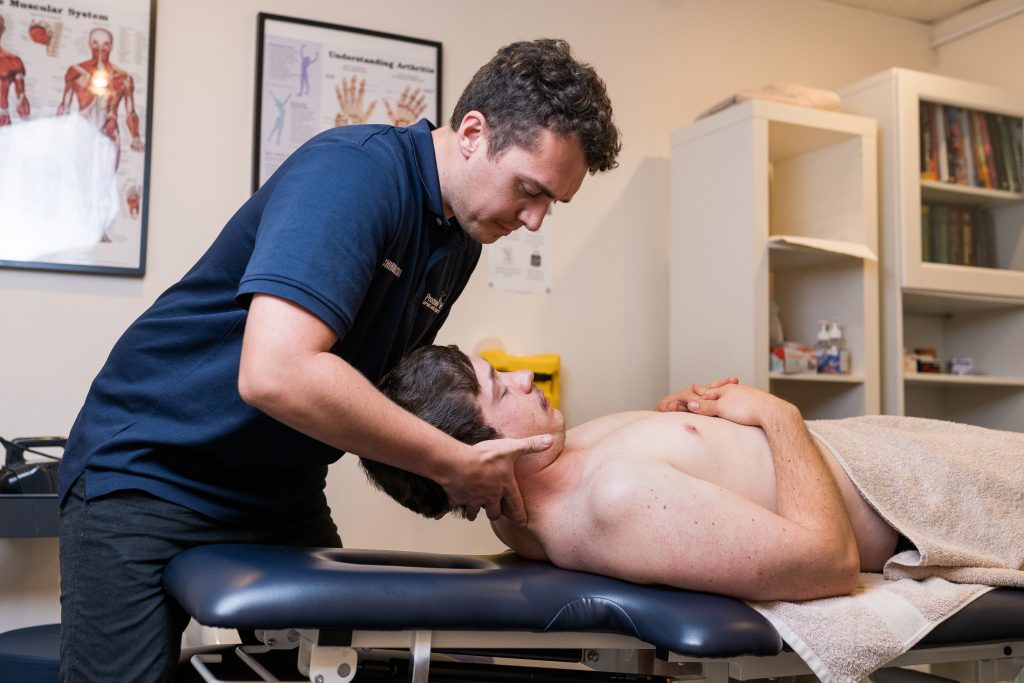
Athletes subject their bodies to repetitive stress, intense physical exertion, and the risk of acute injuries. These factors can lead to misalignments in the spine and extremities, muscle imbalances, and restricted mobility, all of which can hinder performance and increase the likelihood of injury. Chiropractors specialise in identifying and addressing these issues, helping athletes recover from injuries faster and prevent future setbacks.
One of the primary benefits of chiropractic care for athletes is its ability to enhance joint mobility and flexibility. Improved spinal alignment and joint function can optimise biomechanics, allowing athletes to move more efficiently and with reduced risk of injury. Additionally, chiropractic adjustments can alleviate muscle tension and promote better circulation, which aids in recovery and enhances muscle performance.
Evidence Supporting Chiropractic Care in Sports:
Numerous studies have investigated the efficacy of chiropractic interventions in sports performance and injury prevention. One such study published in the National Library of Medicine demonstrated that chiropractic adjustments can improve joint proprioception, which is crucial for athletes to maintain balance and coordination during complex movements. Another study highlighted in the Journal of Manipulative and Physiological Therapeutics found that chiropractic care can significantly reduce the risk of lower extremity injuries in athletes.
Furthermore, research published in the Journal of Chiropractic Medicine suggests that chiropractic treatment can enhance athletic performance by improving muscle strength and power output. By addressing spinal misalignments and optimising nervous system function, chiropractic adjustments may facilitate better neuromuscular coordination, leading to superior athletic performance.
Conclusion:
The relationship between sports and chiropractic care is symbiotic, with chiropractors playing a vital role in supporting an athlete’s health and performance. Through manual therapy, adjustments, and rehabilitative exercises, chiropractors help athletes recover from injuries, prevent future setbacks, and optimise their biomechanics for peak performance. The evidence supporting the effectiveness of chiropractic interventions in sports continues to grow, reaffirming its importance in the athletic community. As athletes strive for excellence on the field, the partnership between sports and chiropractic care remains essential in achieving their goals while prioritising their long-term well-being.
Best Chiropractor Near Me:
Precision Health Clinic, located in Baulkham Hills offers a wide range of practices such as Sports Physiotherapy, Acupuncture, Chiropractic appointments, Rehabilitation appointments and Podiatry to help each and every one of our patients with their individual and unique needs. If you are ready to incorporate some Sports Chiropractic or Sports Massage care into your athletic journey, call our Sydney Hills district Clinic on 02 9639 7337 or book online to create an appointment with our expert sport and exercise Baulkham Hills Chiropractor, at Precision Health Spine and Sports Clinic.
Sources:
- National Library of Medicine (https://www.ncbi.nlm.nih.gov/books/NBK569982/) (https://www.ncbi.nlm.nih.gov/books/NBK350281/)
- Journal of Manipulative and Physiological Therapeutics (https://www.jmptonline.org/article/S0161-4754(08)00294-7/fulltext) (https://www.jmptonline.org/article/S0161-4754(00)10886-3/fulltext)








